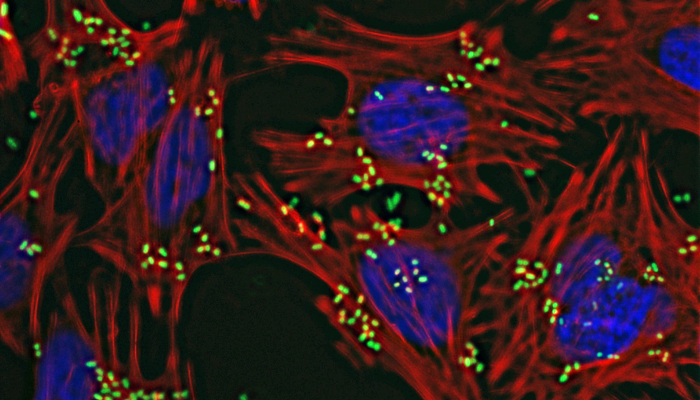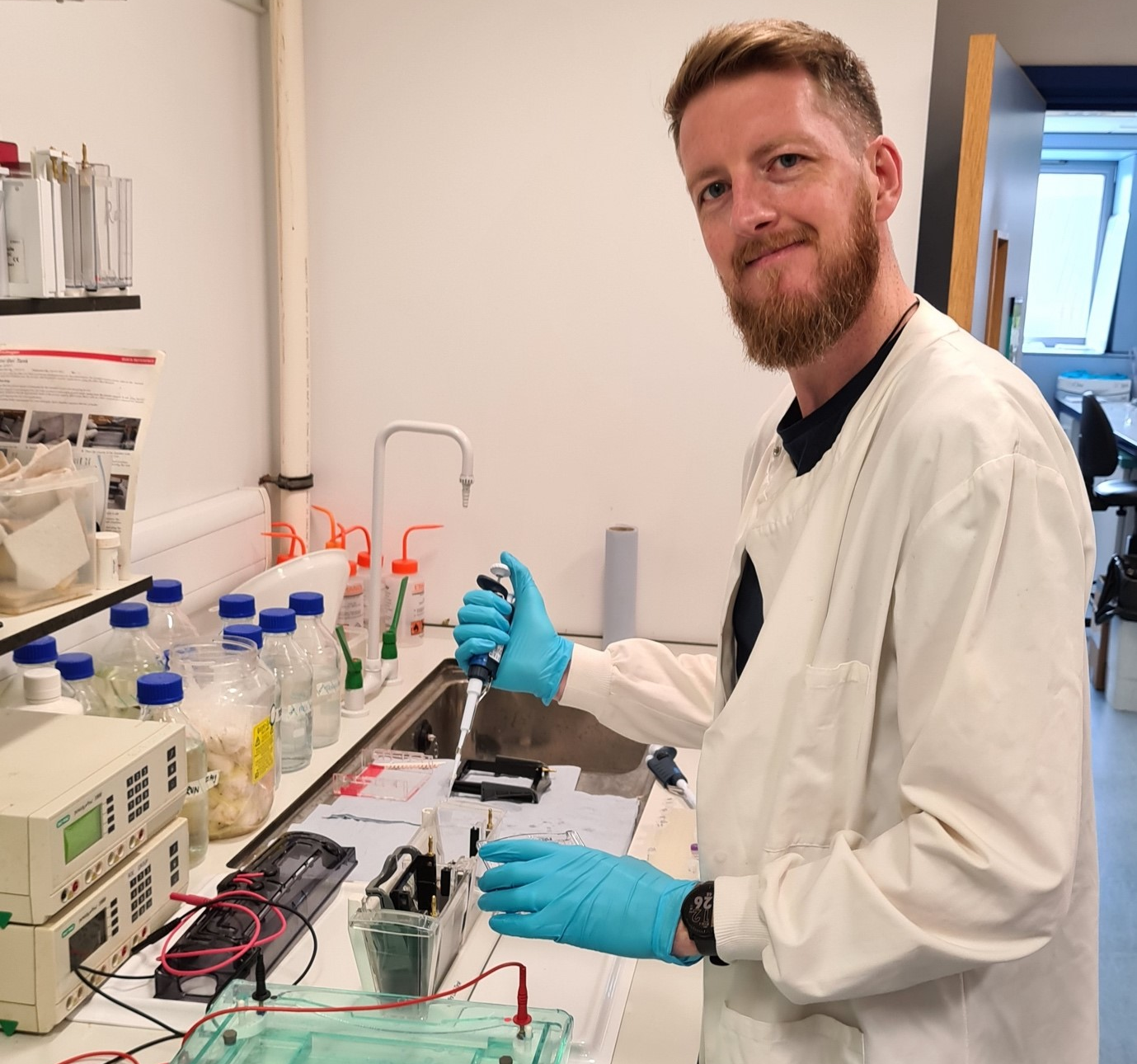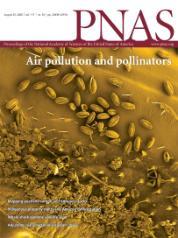Genomic plasticity of pathogenic Escherichia coli mediates d-serine tolerance
Published: 7 September 2020
A new study by Institute of Infection, Immunity and Inflammation scientists has revealed an important insight into how dietary components can change the behaviour of bacteria that cause infections in humans.

A new study from the Institute of Infection, Immunity and Inflammation has revealed an important insight into how dietary components can change the behaviour of bacteria that cause infections in humans.
Professor Andrew Roe’s group, based in the Institute's Bacteriology department, have been attempting to understand how amino acids can change bacterial behaviour, potentially tricking them into being less capable of causing illness.
Unlike L-amino acids, which are the building blocks of all of the proteins in the natural world, D-amino acids – the structural mirror image of the 'L' type – are poorly studied, despite being present in many foods and being found in various regions in the body.
The group described in the ISME journal in 2016, how one of these D-amino acids. called D-serine. is toxic to the infamous diarrhea-causing burger bug E. coli O157, while other types of E. coli that can cause urinary tract infections use D-serine in the bladder as a source of food.
In this follow up study published in PNAS, the group discovered that when exposed to D-serine in the lab, E. coli O157 could evolve by mutating its DNA, with the resulting mutants not only being able to grow in D-serine but also becoming able to use it as a source of food and being fully able to attach to human cells – a key feature of O157 infection.
This research raises interesting questions about how the food we eat might affect bacteria in our gut, potentially allowing for the spread of infection to other sites in the body.

Dr Nicky O’Boyle, lead researcher in the study (pictured), said: “This was a really exciting project to be involved in. We never expected that E. coli O157 would gain the ability to use D-serine as a source of energy.
"The precise genetic mechanism behind this was teased apart through a fantastic collaboration with Dr Nick Tucker at the University of Strathclyde.
"We next want to test whether these types of mutations occur during real infections with E. coli O157 and if this might lead to this bacterium becoming able to infect the bladder."

Genomic plasticity of pathogenic Escherichia coli mediates d-serine tolerance via multiple adaptive mechanisms
- Nicky O’Boyle, James P. R. Connolly, Nicholas P. Tucker, and Andrew J. Roe
- Proceedings of the National Academy of Sciences 10.1073/pnas.2004977117
First published: 7 September 2020

